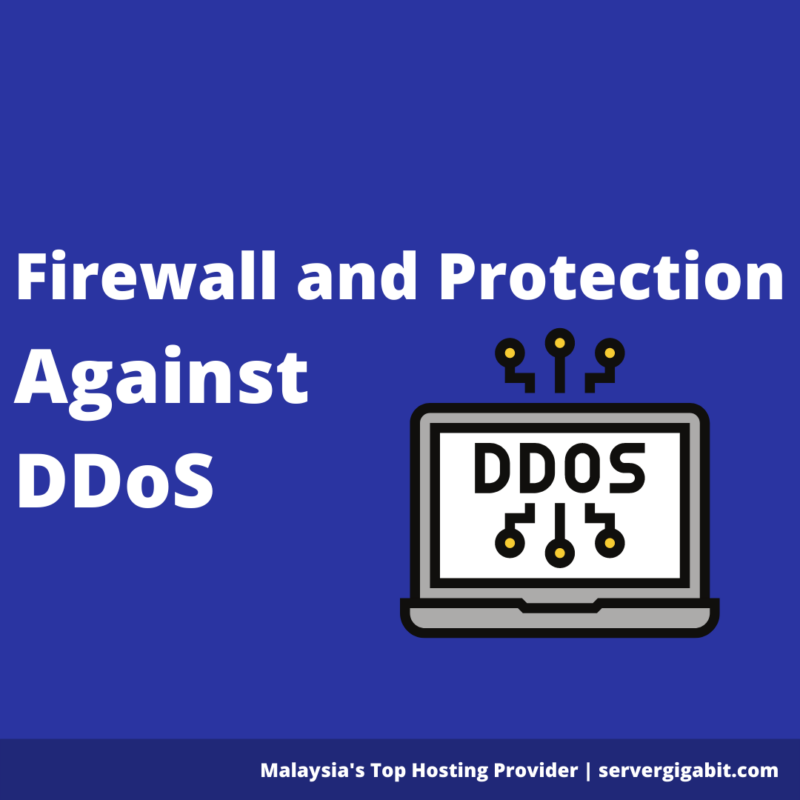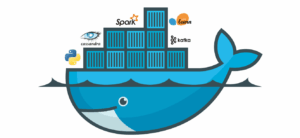Knowing the importance of how your Firewall and other protection methods defend you against threats to your servers such as DDoS attacks. It may be a scary thought but your server is prone to attacks such as DDoS which may threaten your online business and its functions. But have no fear for your servers come equipped with their own Firewalls and protection methods to help prevent your server from any potential threats.
Even though a dedicated server is capable of protecting your server from potential DDoS threats, you may still want to consider some other options to enhance your website or application protection from these potential threats.
There are two main principles as to why businesses require a firewall for their websites and applications and those are Prevention and Mitigation. In order to understand how these two principles interact with each other to safeguard your website or web application from an attack such as a DDoS (distributed denial-of-service) attack, this article will provide a more in-depth explanation to both of these concepts.
Mitigation
DDoS mitigation services are operated by using various techniques as listed below:
– Traffic Filtering is your first line of defense against unwanted traffic, based on source and destination addresses, various protocols used, or other packet information that matches with known preset attack signatures.
– Application Layer Gateways are designed specifically to allow legitimate and safe traffic through the firewall but block all malicious traffic that threatens your websites by providing an additional layer of security.
DDoS Mitigation is an advanced technique which is designed to prevent attacks and secure your networks and applications from being overwhelmed by using spoof requests or sending them via authorized servers.
Prevention
Complex DDoS attacks have been occurring more and more frequently, and businesses these days can’t seem to steer clear of them… But fret not for there is a way. First and foremost – identify if you really got hit by a DDoS attack. Then start checking your resources: bandwidth, disk space, memory.
There are various ways to keep your business running despite a DDoS assault, depending on the size of your company: improving your bandwidth, adding more servers, deploying botnets, or purchasing a mitigation tool for this sort of attack.
Businesses and governments are increasingly vulnerable to DDoS assaults. It’s critical for businesses to develop a successful plan by first recognising the many dangers they face and then implementing suitable countermeasures against those threats–determine which form of attack would be most effective for them and protect themselves accordingly!
Conclusion
Businesses and governments are increasingly vulnerable to DDoS assaults. It’s critical for businesses to develop a successful plan by first recognising the many dangers they face and then implementing suitable countermeasures against those threats–determine which form of attack would be most effective for them and protect themselves accordingly!




